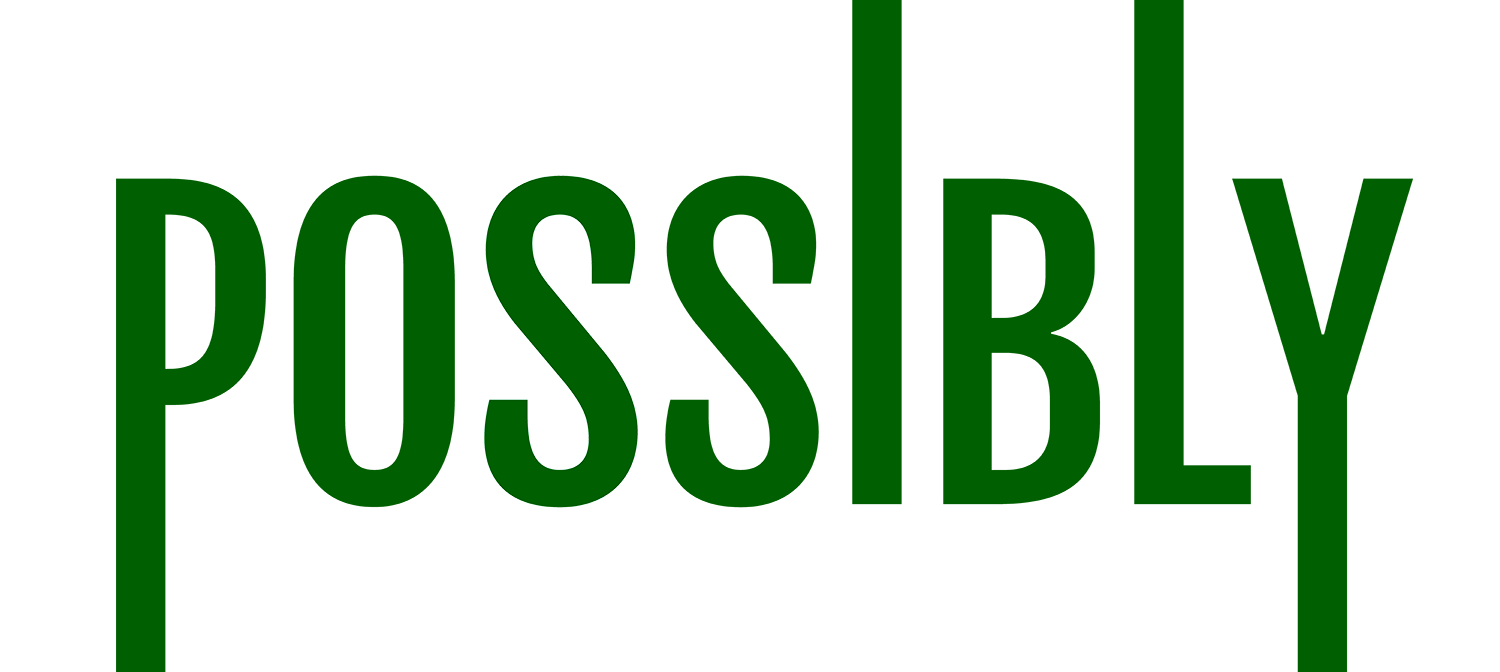
Megan Hall: Welcome to Possibly, where we take on huge problems like the future of our planet and break them down into small questions with unexpected answers. I’m Megan Hall.
The weather is cooling, the leaves are changing, and all of my neighbors are putting pumpkins on their porches. It got me thinking, what is the environmental impact of all of these Jack O Lanterns?
Here to answer this question are Naomi Deokule and Emily Tom.
Naomi Deokule: Hey Megan!
Emily Tom: Hi there!
Megan Hall: So how are all these decorative pumpkins affecting the environment?
Naomi Deokule: With the Halloween season coming up, around 145 million Americans are buying pumpkins to make homemade jack-o-lanterns.
Emily Tom: And after all the pumpkin decorating fun, a majority of people simply throw them away.
Megan Hall: Okay, but a lot of holiday stuff creates waste. Why should I care about pumpkins in landfills?

Emily Tom: Foods like pumpkins decompose and release methane, a greenhouse gas that traps heat in the atmosphere.
Naomi Deokule: And they contribute to a larger problem: food waste. 20% of global methane emissions come from food scraps and other biodegradable waste in landfills.
Megan Hall: Does that mean I shouldn’t carve a pumpkin this year?
Naomi Deokule: No– you don’t have to give up your fall traditions! In fact pumpkins make up barely a fraction of the food sent to landfills.
Emily Tom: The most methane emissions actually come from meat and dairy waste. So, relative to other foods, pumpkins don’t make a huge environmental impact.
Naomi Deokule: That being said, it’s still helpful to put your pumpkins to use!
Emily Tom: To find out more about one solution, we talked to two leaders of SCARCE, a non-profit that promotes composting.
Kay McKean: “So my name is Kay McKean. And I’m the founder of scarce and we are in our 32nd year.”
Erin Kennedy: “And my name is Erin Kennedy. I’m one of the environmental educators here at scarce”
Emily Tom: According to them, the answer to massive pumpkin waste is an annual pumpkin smash!
Erin: “So the participants that come, they bring their pumpkin, they load it up on that catapult and that will actually shoot it into that collection, roll off the dumpster that will then get transported to a commercial food scrap composting facility.”
Naomi Deokule: At the facility, the organic waste creates less methane AND it’s turned into compost that can be used to improve soil health. In fact,
Erin: “We estimated about 780 tons of pumpkins have been diverted from a landfill.”

Megan Hall: Wow! That sounds fun! But what do I do if there isn’t a pumpkin smash near me?
Naomi Deokule: Well, one option is to start your own!
Emily Tom: Or figure out a way to use as much of the pumpkin as you can! For example, you could use it to make a pie or you can bake the seeds. You could also compost it!
Naomi Deokule: Basically, the message here is don’t worry about your Jack O’Lantern. Have fun with it. And look for creative ways to get rid of your food waste, even if it means smashing pumpkins.
Megan Hall: Great! Thanks Naomi and Emily!
That’s it for today. For more information, or to ask a question about the way your choices affect our planet, go to the public’s radio dot org slash possibly. Or subscribe to us wherever you get your podcasts.
You can also follow us on facebook and twitter- at “ask possibly”
Possibly is a co-production of the Institute at Brown for Environment and Society, Brown’s Climate Solutions Initiative, and the Public’s Radio.
The post What should I do with my pumpkin after Halloween? appeared first on TPR: The Public's Radio.
